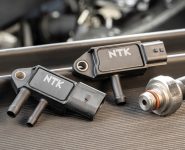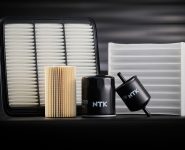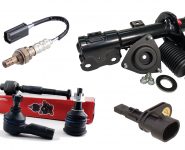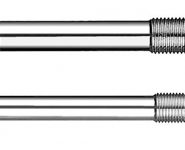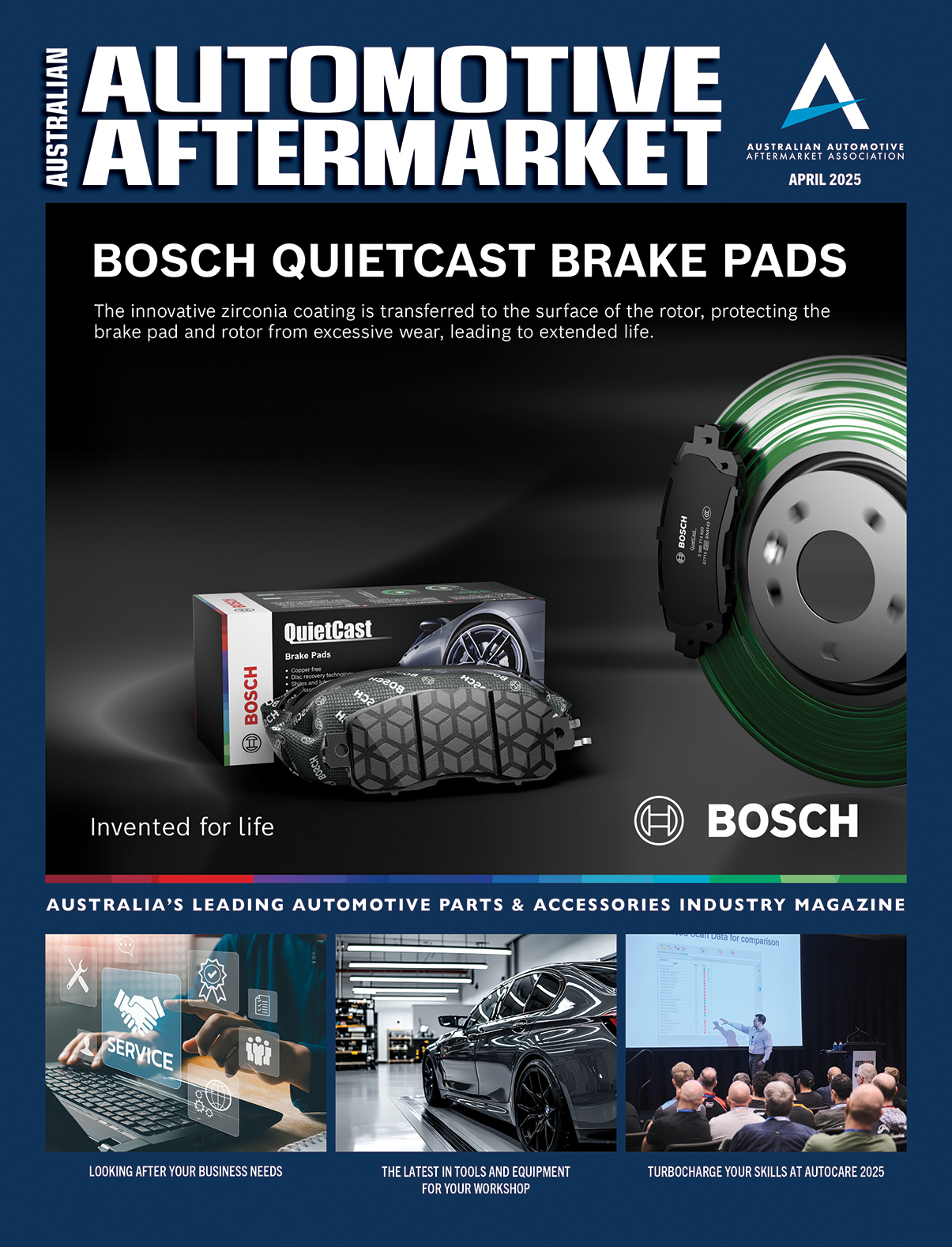KNOW YOUR GLOW
NGK says identifying and fitting the correct glow plug for your specific vehicle is critical

As more and more manufacturers are specifying ceramic plugs as OE fitment, it is becoming increasingly important to correctly identify the correct replacement part.
“It is critical to ensure you do not replace ceramic glow plugs with metal plugs,” Niterra Australia NGK Product Manager, Chantra Kriv, said.
“In many cases replacing ceramic plugs with metal ones can cause a reduction in performance and in extreme cases, the result can be permanent engine damage.”
Ceramic glow plugs are engineered to perform under the most extreme conditions. Compared to a metal glow plug, NGK says its ceramic glow plugs have a more robust ceramic heating element which is encased in a ceramic insulator.
“This pure ceramic design unique to NGK has extremely good thermal conductivity properties and can withstand very rapid heating times over extended service periods,” Chantra said.
“On the other hand, metal plugs feature a metal heating coil within a hollow metal tube, similar to a radiator tube.”
NGK states it is “the only glow plug manufacturer to produce ‘Pure Ceramic’ glow plugs with a ceramic heater and insulator.”
It states the advantage of NGK’s innovative design means that both the conductor and the insulator have identical thermal properties, providing superior durability.
“Other brands of ceramic glow plugs are manufactured using a metallic conductor and ceramic insulator,” Chantra said.
“As a result, these two components have different thermal properties, meaning they will expand and contract at different rates during heating and cooling cycles; this increases the risk of the ceramic insulator cracking and reduces service life.”
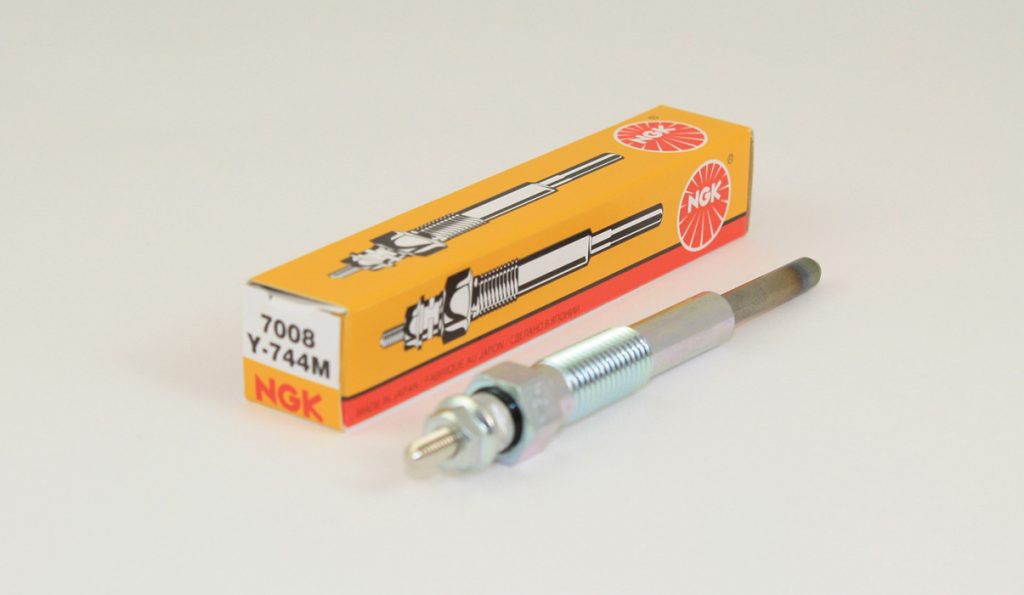
NGK explains that its unique combination of both a ceramic heating element and ceramic insulator allows its ceramic glow plugs to reach higher temperatures than metal type glow plugs, enabling the engine to reach operating temperature more quickly.
In addition, due to the robust nature of the ceramic heating element and ceramic conductor, post-glow times of up to ten minutes can be employed.
“Be warned, we have tested a variety of cheap ceramic alternatives and found many are actually metal glow plugs,” Chantra said.
“This is concerning as fitting a metal plug where a ceramic plug is specified can have serious consequences.
“These cheap ceramic alternatives end up being overheated due to electrical overload and their service life is reduced.”
This is because ceramic glow plugs are designed to reach higher temperatures faster and hold these temperatures for longer.
Fitment of a metal glow plug in these applications pushes the metal glow plug beyond its capabilities, resulting in premature failure.
“When replacing glow plugs it is critical to select the correct part number,” Chantra said.
“When a glow plug with different thermal characteristics to OE specifications is installed the glow plug controller cannot identify when an incorrect glow plug has been installed and will continue to supply voltage as pre-programmed.”
This can have one of two results. Firstly, overheating as too much voltage will be applied for extended periods, which reduces service life, or secondly, the plug will not reach peak temperature, reducing engine performance.
“Always remember, glow plugs are not interchangeable,” Chantra said.
“Identifying and fitting the correct glow plug for your specific vehicle is critical.
“Don’t risk your reputation, choose the correct NGK Glow Plug for the engine and feel confident in a job completed to specification.”
All NGK glow plugs are designed to suit the specific requirements of each individual make and model to ensure that your customers’ engines perform at their peak.
For more information, visit www.ngk.com.au



